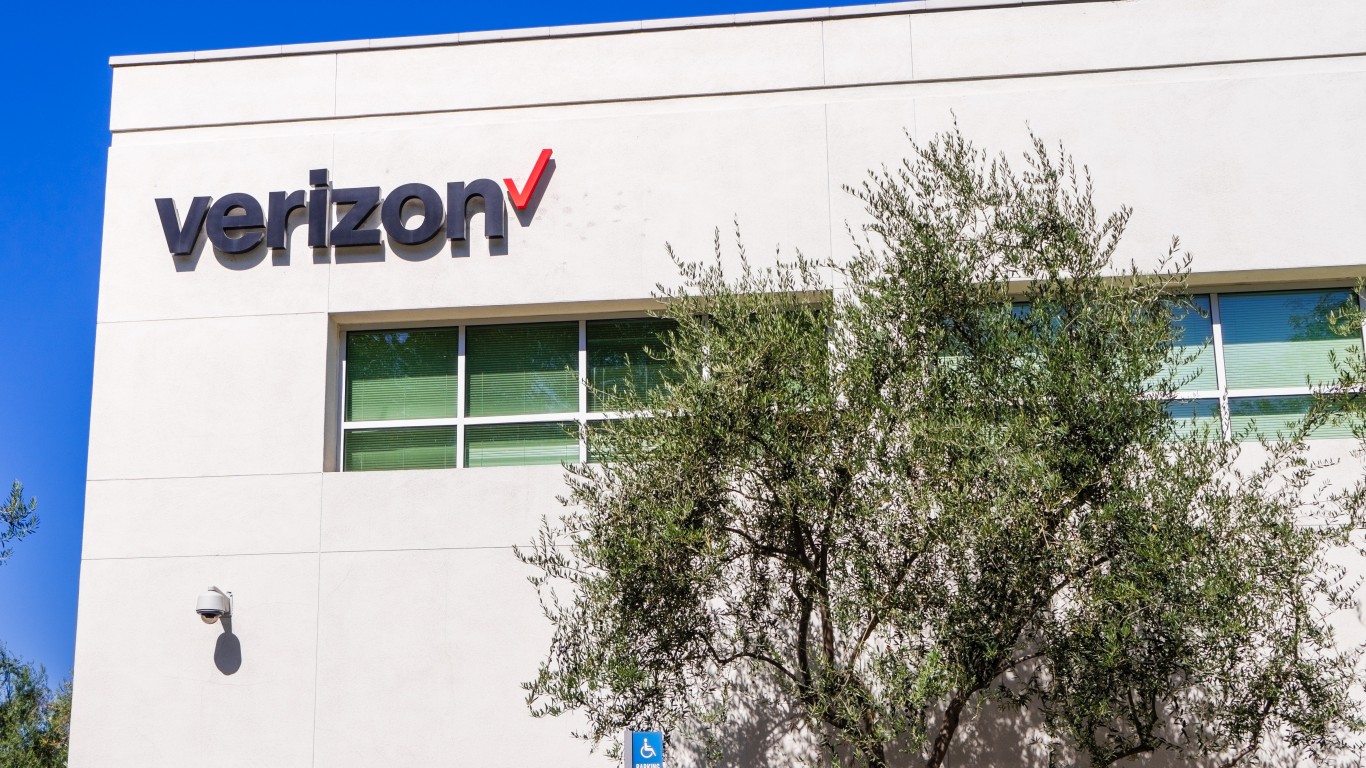The rise in texting among young Americans continues to grow, while the use in this form of communication lags among older Americans. Is it any wonder? The baby boomers grew up using landlines, and later cell phones. Among them, conversation remains the preferred method of interaction with other people. Source: Thinkstock
Source: Thinkstock
According to Gallup researchers:
The ways Americans communicate vary significantly by age. Sending and receiving text messages is the most prevalent form of communication for Americans younger than 50. More than two-thirds of 18- to 29-year-olds say they sent and received text messages “a lot” the previous day, as did nearly half of Americans between 30 and 49. Younger Americans are also well above average in their use of cellphones, email and social media on a daily basis.
Also:
Among Americans aged 65 and older, the most-used methods of communication are cellphones, landline phones and email, although this older group is generally much less likely than those who are younger to use any form of communication.
It may be that texting is simply easier than talking.

ALSO READ: America’s 50 Best Cities to Live
However, one piece of evidence that older Americans have even begun to abandon what was, until a decade ago, the primary source of communication — the landline — can be found in the financial results of companies such as AT&T Inc. (NYSE: T) and Verizon Communications Inc. (NYSE: VZ). Revenue and operating profits from the landline divisions of these public corporations have been dropping sharply quarter after quarter as use of wireless and fiber to the home has more than made up for the fall off.
Gallup researchers cannot say for certain, but these trends are likely to persist:
These data clearly show that staying in touch with others using most of these forms of communication is an inverse function of age. There are no historical trends on these measures, so it is not possible to measure how much more likely young people were to communicate using whatever means were available in decades past. But in the present era, the percentage of 18- to 29-year-olds who used the seven methods “a lot” the previous day averages 34%, and that percentage drops to 26% among those aged 30 to 49, 21% among those aged 50 to 64, and down to 10% among those aged 65 and older.
In a few decades, it may be that almost no one owns a traditional home phone, which means a centuries-old technology will have gone away.
ALSO READ: 10 Brands That Will Disappear in 2015
Essential Tips for Investing: Sponsored
A financial advisor can help you understand the advantages and disadvantages of investment properties. Finding a qualified financial advisor doesn’t have to be hard. SmartAsset’s free tool matches you with up to three financial advisors who serve your area, and you can interview your advisor matches at no cost to decide which one is right for you. If you’re ready to find an advisor who can help you achieve your financial goals, get started now.
Investing in real estate can diversify your portfolio. But expanding your horizons may add additional costs. If you’re an investor looking to minimize expenses, consider checking out online brokerages. They often offer low investment fees, helping you maximize your profit.
Thank you for reading! Have some feedback for us?
Contact the 24/7 Wall St. editorial team.



